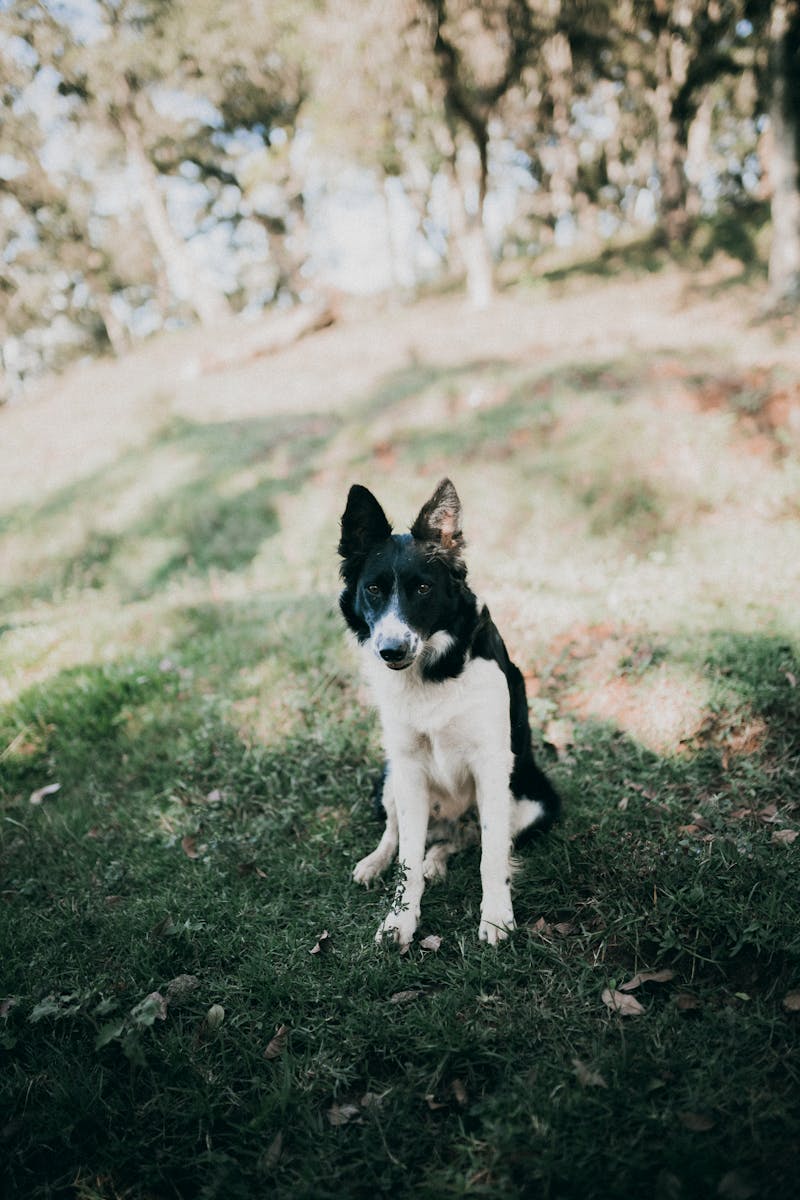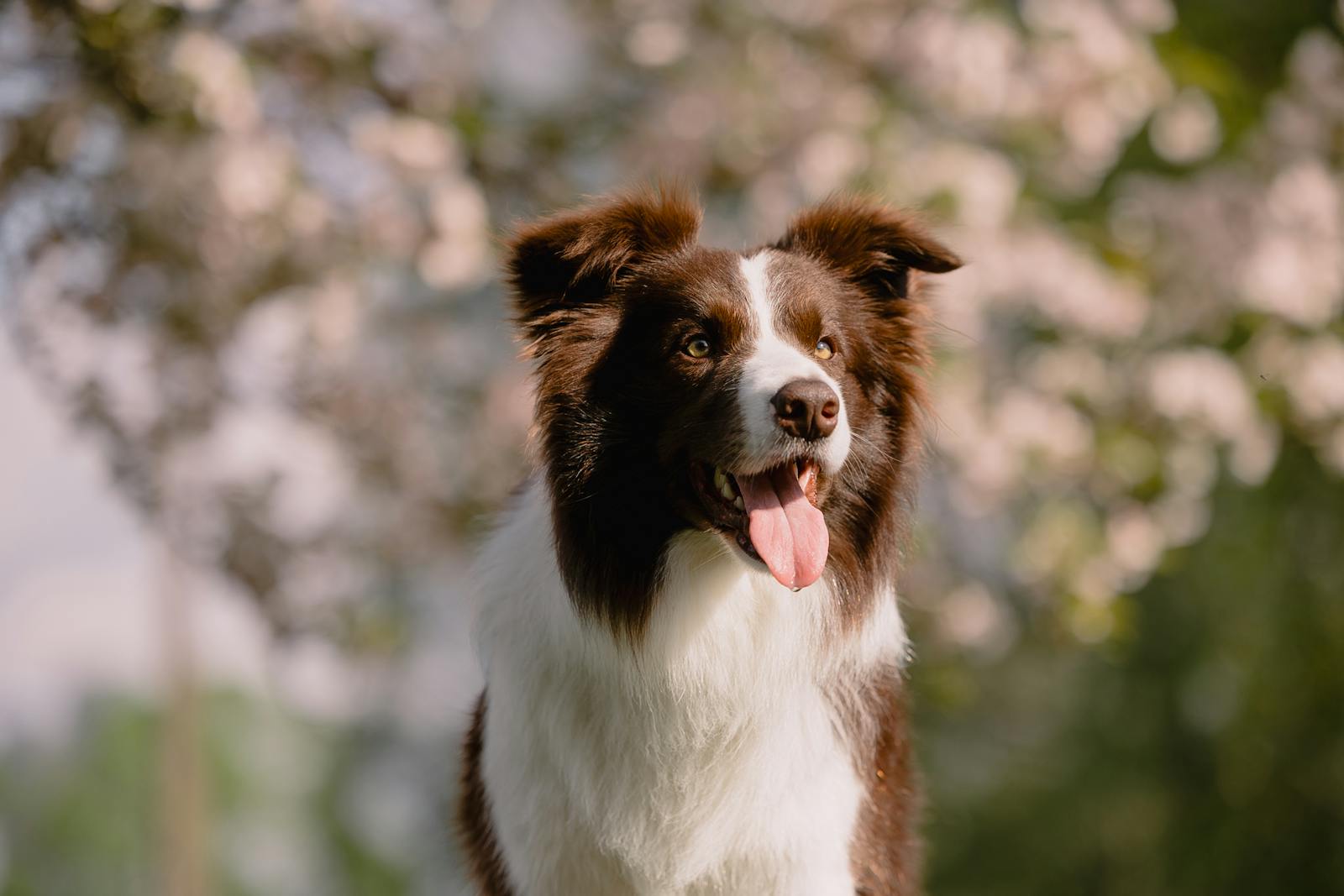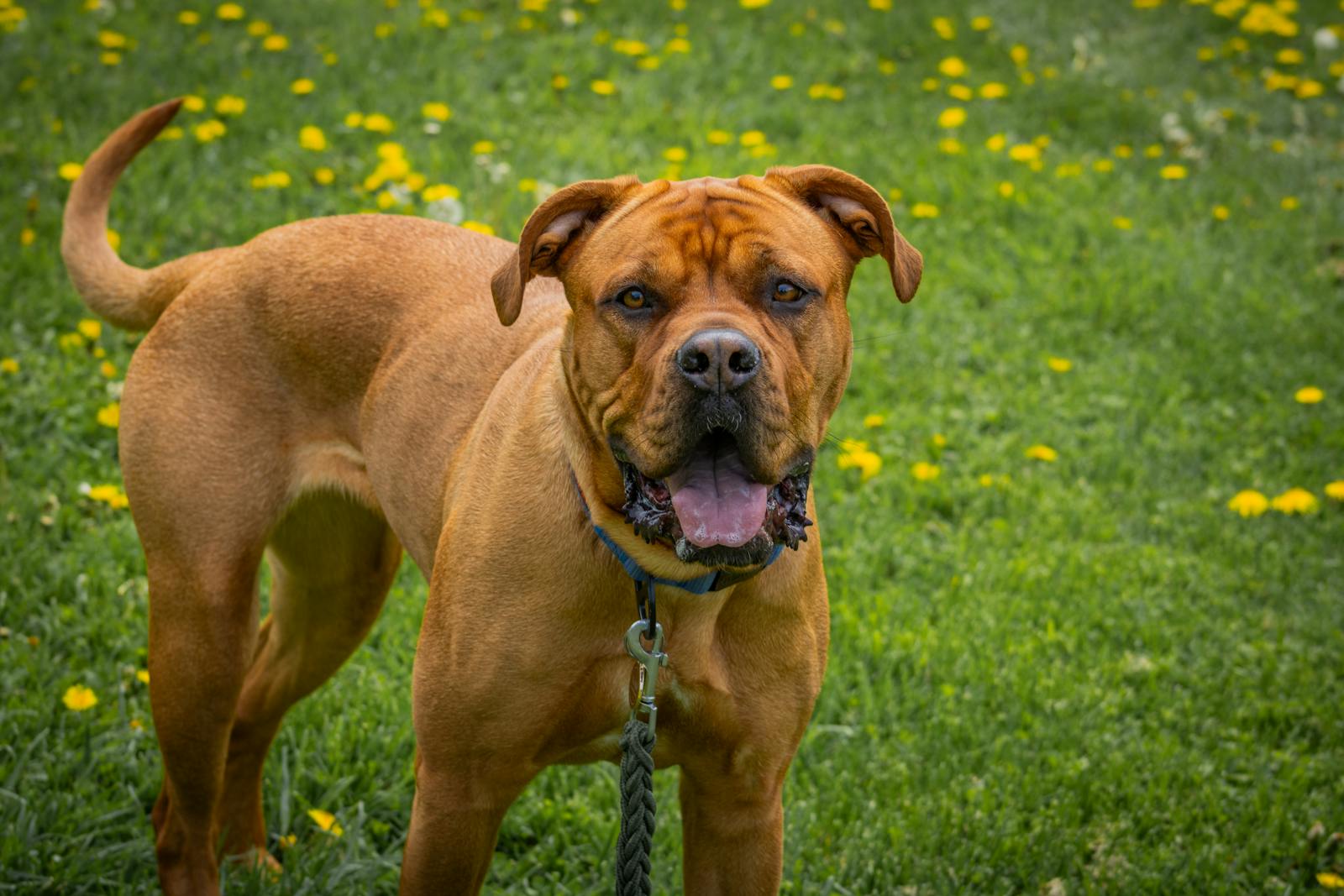What is lost dog syndrome?
Welcome to a pet parent’s worst nightmare: Lost Dog Syndrome. Your loving furry friend has been missing for days, or even weeks, and when they finally return, they just don’t seem like themselves. This condition is known as Lost Dog Syndrome and it brings with it a host of behavioral and emotional challenges for both pets and their owners.
Lost Dog Syndrome, although not a medical term, is a real phenomenon. It refers to the odd behavior that dogs may exhibit after being lost and alone for an extended period. During their time away, your canine friend might have tapped into primal instincts for survival. These new behaviors can be confusing for both the dog and the owner upon the dog’s return.
While every dog’s situation is unique, certain behaviors are common to many pets experiencing Lost Dog Syndrome:
- Increased Skittishness: Your once-confident dog may act fearful or skittish, reacting strongly to loud noises or sudden movements.
- Lack of Responsiveness: Commands that your dog previously followed without hesitation might now be met with confusion or outright disobedience.
- Physical Signs of Distress: Look for signs such as raw, cracked paws, sore feet from extensive walking, or a general lack of energy due to dehydration or malnutrition.
- Heightened Anxiety: Your dog might appear more anxious, constantly on alert, and easily startled.
- Behavioral Changes: Some dogs could exhibit unusual behaviors, such as scavenging for food even when they have a full bowl at home.
Understanding these signs is the first step towards helping your pet recover. It’s essential to give your dog time, love, and patience as they readjust to their familiar surroundings and routines. Reuniting with a lost pet is a joyous occasion, but being prepared for the journey of recovery that follows is crucial for both of you.

What to expect when your missing dog returns home
Once your beloved pet returns home, the first course of action should be to take your dog to a vet to make sure the dog isn’t suffering from any illness or serious injury. Typically, lost dogs may have sore feet due to extensive walking or even cracked and raw paws.
Another important thing to keep in mind is that after returning home, your dog may seem confused or may not obey your commands despite being well-trained. This is because they may have developed certain survival instincts while they were on their own. However, this is mostly temporary, and with time, your dog can return to their normal self.
Most missing dogs may have also experienced dehydration and significant weight loss if they’ve been away for a while. So, make sure you strictly follow the diet recommended by your vet during this period. You should also make sure your dog does not consume excess food, which could lead to bloating or other stomach issues.
In addition, make sure your pet gets adequate rest since they are potentially exhausted from traveling. Moreover, your dog likely experienced heightened anxiety or panic attacks as a result of their uncertain surroundings. As such, they probably didn’t sleep as often as they would have if they had been safe and comfortable at home with you.
Factors affecting distance traveled by lost dogs
Your pup’s journey is influenced by a variety of factors that decide how far they might wander off or where they might end up. The first and perhaps most significant factor is their temperament. Friendly dogs, for instance, tend to stay closer to home, often getting picked up by strangers quickly. On the other hand, more aloof or fearful dogs might travel further, trying to avoid human contact as much as possible. Despite this, hunger or exhaustion might eventually bring them closer to people, increasing their chances of being rescued.
Another crucial aspect is the dog’s appearance. Popular breeds like Golden Retrievers or Labradors are more likely to be picked up and taken home by caring strangers, simply because they are recognized and loved by many. In contrast, breeds perceived as more aggressive, like Pit Bulls, might continue to wander as people might be wary of interacting with them. Size also plays a role, with smaller dogs being easier to manage and therefore more likely to be picked up than larger breeds.
Then we have the geographical and demographic setting where the dog goes missing. Dogs in densely populated urban areas are more likely to be found quickly since there are more people who might notice and help them. Conversely, dogs lost in rural or less populated regions might travel more due to reduced chances of encountering people who could assist in their rescue.
Adding another layer is the specific circumstances under which the dog went missing. A dog distracted by a chase might not wander far, but a pup frightened by loud noises or fireworks might run long distances before feeling safe enough to stop. The nature of your dog’s disappearance can provide important clues for effective search strategies and understanding their potential travel distance.
Consider the following table, which summarizes these factors:
| Factor | Impact on Distance Traveled |
| Temperament | Friendly dogs tend to stay closer; aloof/stressful dogs travel further |
| Appearance | Popular breeds are quickly picked up; aggressive breeds might continue wandering |
| Size | Small dogs are more likely to be picked up; larger breeds may travel further |
| Location & Population Density | High density (e.g., cities) means less traveled distance; rural areas mean more distance |
| Circumstances of Disappearance | Chasing a scent results in less travel; frightened by noise results in more travel |
Reflecting on these variables, can we think of other nuances that might influence a lost dog’s journey? Consider the age, health, or even past experiences of your dog. What other hidden factors could impact their behavior and travel distance? The answers might help in understanding not just how they got lost, but also aid in preventing future occurrences.

How to help your pup overcome lost dog syndrome
There are numerous ways by which you can help your pup overcome Lost Dog Syndrome. Every dog is different. Hence, it’s imperative you understand both your pup’s nature and temperament and accordingly plan the recovery process.
First, make sure you create a safe and secure environment for your pet. After being lost for several days or weeks, your dog might still be going through stress and anxiety. So it’s important to make them feel secure in your home. Ideally, the space you provide for your dog should be warm, calm, and comfortable, with no potential anxiety triggers. Give them some toys, a blanket, and make sure they get some rest.
Another important thing to do is to keep a respectable distance from your pup for a while during their recovery process. It’s possible they may need some time to process their emotions and trust their owners again. So, make sure you don’t forcefully hug or initiate physical contact if your dog feels uncomfortable. However, it’s important to keep a constant eye on the dog at all times and observe their behavior. Undoubtedly, you’ll be able to tell when they want attention from you and feel more at ease again.
How to prevent your dog from going missing
To avoid such incidents or mitigate the actions of any potential Houdini-level escape artists, ensure you microchip your dog. A microchip contains all the necessary details required to get in touch with the pup’s owner. So if a shelter or a vet finds your pet, they can scan the microchip and reach out to you.
Another important thing to remember is to update your microchip details if your contact number changes or if you move to a different address. In that case, you must reach out to your microchip database provider and share the new details with them. In many cases, you can even update your account online.
You must also use a proper leash whenever you take your dog outside. This can help prevent your pup from running away or wandering off. Another easy way to ensure your dog’s safe return if they wander off is to keep your pup’s identification tags updated.
In addition, make sure there are no holes or spaces in your fence through which your dog can escape. There are many ways to create a dog-friendly yard. In particular, it’s important to stay with your pet at all times whenever they’re outside. Moreover, your best bet is not to leave them unsupervised.
Remember, if your dog does pull a fast one or becomes startled and jolts, getting them back home as soon as possible is key. The less time away, the less likely your pup will experience the behaviors associated with Missing or Lost Dog Syndrome.
Read more about this at https://dogtime.com/dog-health/136082-what-is-missing-lost-dog-syndrome
BONUS PIC

